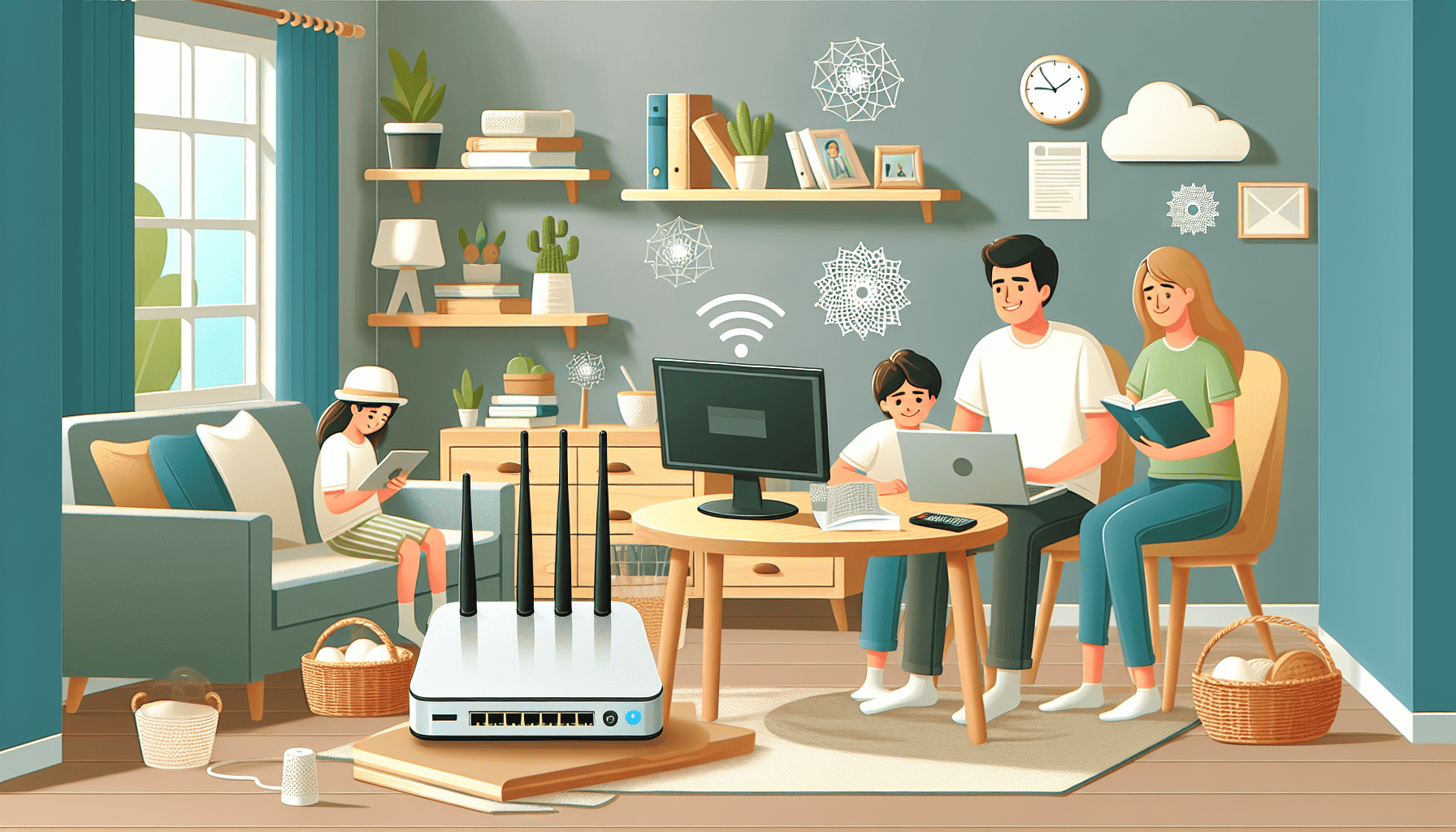Choosing the right home internet plan is essential in today’s digitally-driven world. Whether streaming high-definition videos, video conferencing for work, gaming online, or simply browsing social media, your internet speed and reliability can significantly impact your experience. Here’s a guide to help you pick the perfect home internet plan that suits your lifestyle and budget, without compromising on speed.
Understanding Your Needs
Before delving into different plans, it's crucial to assess your requirements. Consider the number of devices that will connect simultaneously and your family’s internet usage habits. For instance, a household where activities like 4K streaming and online gaming occur simultaneously will require a more robust plan compared to a household primarily engaged in browsing and social media.
Types of Internet Connections
-
Fiber Optic: Known for its blazing speeds and reliability, fiber optic is ideal for heavy users looking for seamless connectivity. Offering symmetrical speeds (equal upload and download speeds), it’s perfect for content creators, gamers, and video conferencing.
-
Cable: Providing high-speed internet through the coaxial cable TV lines, cable internet is widely available and offers impressive speeds at more affordable rates than fiber. It’s suitable for moderate to heavy users.
-
DSL: Digital Subscriber Line (DSL) uses telephone lines to deliver internet service. While slower than fiber and cable, it’s a cost-effective choice, especially in areas where the former options aren't available.
-
Satellite: Ideal for rural or remote areas, satellite internet offers connectivity where other types might not reach. It’s generally slower with higher latency but remains a viable option for basic browsing and email use.
-
Fixed Wireless: This type offers broadband access through radio signals and is an alternative for areas lacking wired infrastructure. It can provide decent speeds but may be affected by weather conditions.
Matching Plans with Lifestyle
-
Light Users: If your internet usage revolves around checking emails, browsing, and social media, a basic DSL or low-tier cable plan should suffice. Speeds around 10-25 Mbps would generally meet these needs comfortably.
-
Moderate Users: Households with multiple users streaming videos, partaking in remote work, or engaging in light gaming should consider plans offering 50-200 Mbps. Cable and fiber options within this range provide a good balance of performance and cost.
-
Heavy Users: For families with gamers, content creators, or enthusiastic streamers, higher-tier plans offering 300 Mbps and above are advisable. Fiber optic plans are attractive here, ensuring high speeds and low latency.
Managing Your Budget
Internet service providers (ISPs) often entice new customers with promotional rates, so keep an eye out for introductory deals. However, be mindful of the duration of these offers and the cost post-promotion. Bundling services, such as combining internet with TV or phone packages, can also provide savings.
Reliability and Customer Service
When evaluating providers, consider not only speed and cost but also reliability and customer service. Check reviews and ask for recommendations to find an ISP known for consistent performance and prompt customer support.
Conclusion
Selecting the right home internet plan is an exercise in balancing speed, cost, and your household’s unique needs. By considering the types of connections available, assessing usage habits, and keeping an eye on budget-friendly options, you can find a plan that delivers exceptional value without sacrificing performance. Happy surfing!
